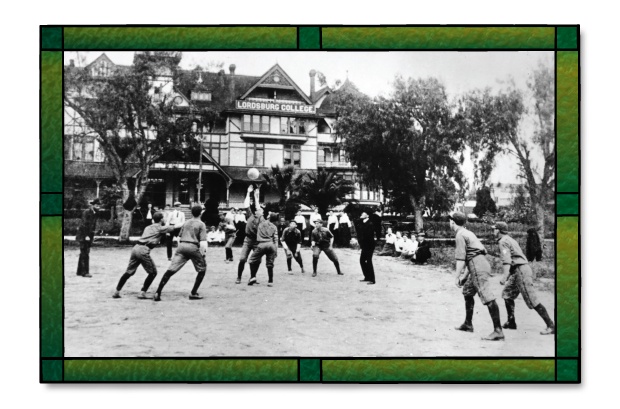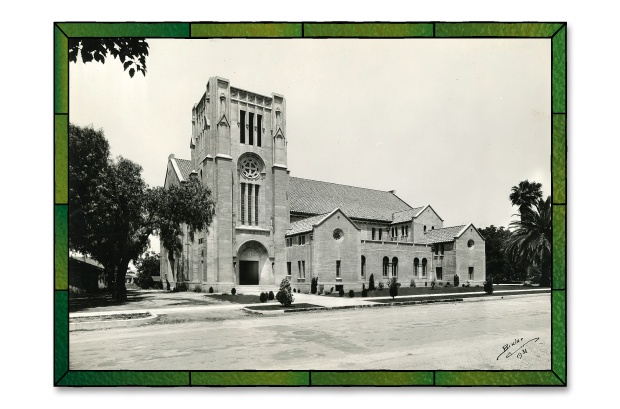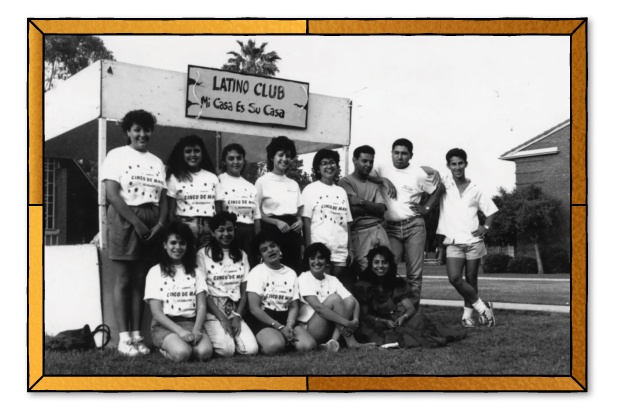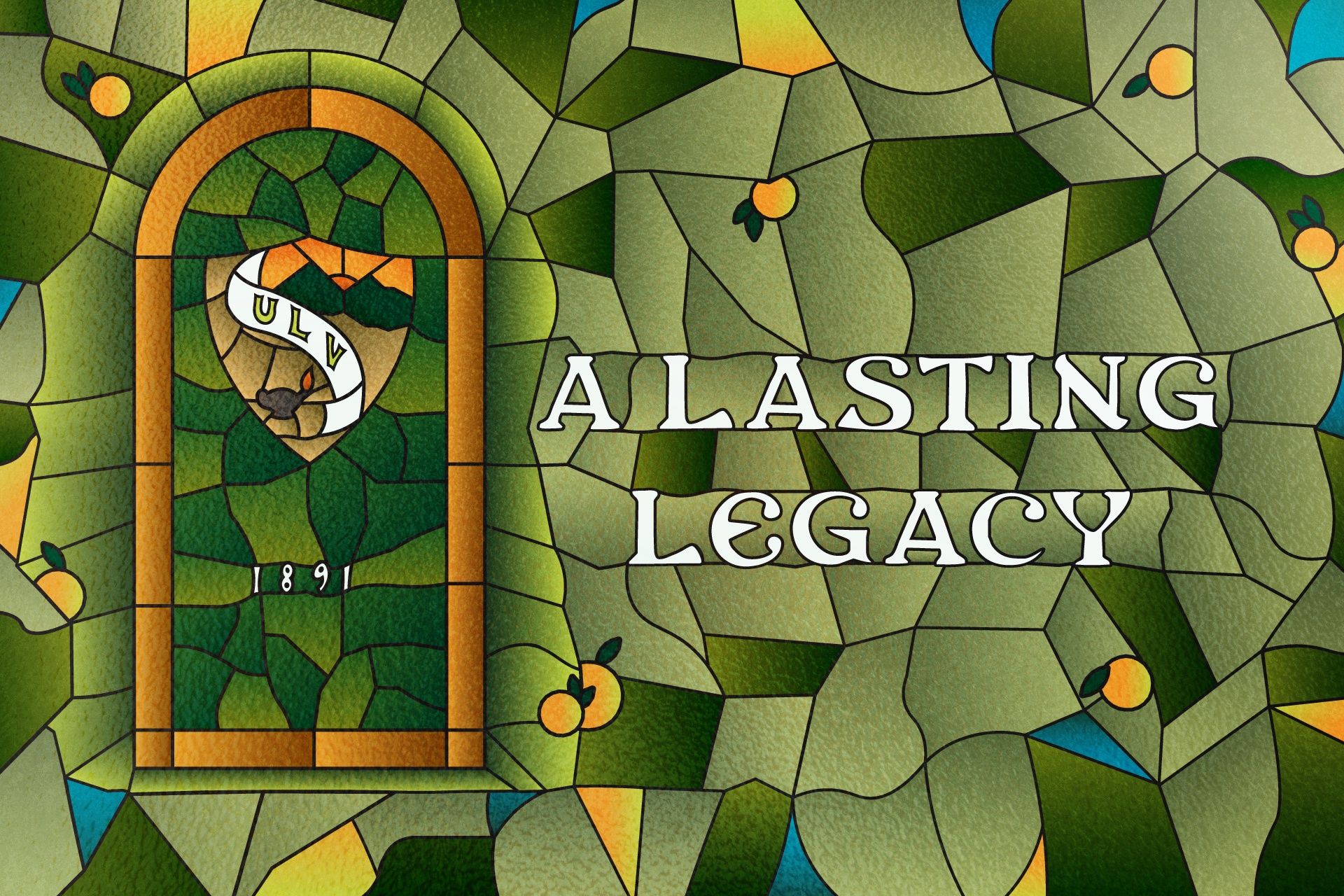A Lasting Legacy
The historical legacy of the University of La Verne is examined through key defining moments from the university’s past and present with each milestone lending guidance for the university’s future.
April 21, 2023
When it opened in 1891 as Lordsburg College, the University of La Verne welcomed 76 students to study in a converted hotel. Fall term tuition was $11.
Among the first contributions to this new endeavor were gifts of trees and shrubs from people of the community to help beautify the grounds. The inaugural librarian issued a call for books, a pulpit Bible, and a set of encyclopedias. The community provided.
Within the first year, enrollment nearly doubled. Students and faculty rallied together to publish a school newspaper. Unofficial athletics events, such as tennis and bicycling, occurred, often under the moonlight.
From those humble beginnings, a legacy was born.
Today, the university boasts five colleges with more than 85,000 alumni worldwide.
Over the past 132 years, each generation of students, faculty, staff, leaders, trustees, and friends has helped shape the values and identity of the university, creating a long-lasting impact for those who followed. In the sections below, Voice examines the university’s Brethren heritage, its emergence as a modern Hispanic-Serving Institution, and how those evolving legacies are being carried into the future.
The Brethren Heritage

Landis. Davis. Hoover. Miller. Hanawalt. Studebaker. Fasnacht. Morgan.
These are some of the names visitors might recognize as they roam the central campus of the University of La Verne. Some may recall seeing them on memorial plaques, residence halls, scholarship programs, and office buildings. Others may remember them fondly as past leaders, professors, and friends. Many of their photos grace the Hall of Presidents in Founders Hall, recognizing the university’s heritage.
Historians have documented the university’s history since the institution’s founding 132 years ago, starting with acknowledging the indigenous Tongva people who stewarded the land on which the university now resides.
In 1887, the Santa Fe Railroad reached Los Angeles, and towns began springing up in the San Gabriel Valley. In 1889, members of the Church of the Brethren arrived in search of economic and religious opportunities. The Brethren are one of the three historic “peace churches,” alongside the Mennonites and Quakers, that aim to live a life aligned with the New Testament of the Bible in simplicity and service.
In 1891, Lordsburg’s church leaders established Lordsburg College to share the word of God through education and service. Both the college and the city renamed to La Verne in 1917. La Verne College was renamed the University of La Verne in 1977.
Al Clark, professor of humanities and university historian, has studied the university’s Brethren heritage.
Clark notes that the Church of the Brethren’s current motto, “Continuing the work of Jesus. Peacefully. Simply. Together”, contains the origins of the university’s present-day values, including service to the community, ethical reasoning, and support of disadvantaged people.
While these themes manifested themselves throughout the college in many ways, they were not intentionally documented until the 1940s. Clark said the university’s origins with the Brethren helped shape the institution’s bedrock ethos, defined by many who come to the school as “warm,” “positive,” and “like home.”

“It was almost unintentional how the values of the university came to be,” Clark said. “Simple, service-minded living has just always been the consistent theme of the Church of the Brethren people, which helps describe their overall actions as a community.”
University Chaplain Zandra Wagoner ’89 is a direct product of the university-Brethren connection. She grew up attending the La Verne Church of the Brethren with her family, and found it natural to continue her education at the University of La Verne, due to the kinship she felt with the institution.
“It was a feeling of belonging with strong ties to helping others,” she said. “Today, our commitment to belonging and a desire to positively contribute to the world has only deepened and matured over the years as an institution.”
Wagoner continues to feel a sense of pride for the university’s beginnings, as well as for how the institution has evolved to meet the needs of today while holding true to many of its foundational values.
She fosters an interfaith culture within her chaplaincy, knowing the university continues to practice a culture deeply shaped by commitments to peacemaking, community, social justice, service to others, a values-based education, humility, and academic freedom.
“Our Brethren heritage is valuable. It is a foundational source of our values and pride,” she said.
Today, the University of La Verne is a secular institution, but continues to have tangible ties with the Church of the Brethren through alumni, churches in the Western US, and especially through the La Verne Church of the Brethren.
An Emerging Hispanic-Serving Institution

The Southern California region today is a landscape of diversity, with roots in many cultures and walks of life. As the region changed, the university’s demographics did as well.
The latter half of the 20th century showcased a noticeable shift in student applications. No longer were most prospective students mainly attracted to the university for the purpose of being Brethren affiliated. Rather, they were applying from the surrounding community, drawn by the welcoming environment and educational quality. Many applicants identified as Hispanic or Latino, reflecting the diversity of the Southern California region.
By 1992, 25 percent of the university’s students were Hispanic, earning the university a federal designation as a Hispanic-Serving Institution (HSI).
Associate Professor of History Allyson Brantley has studied the demographic shift in the region and how it contributed to the university’s Hispanic-serving identity.
“The process of becoming an HSI was over 100 years in the making,” Brantley said. “It was something that was forged through the citrus industry, wartime shifts, through suburban re-development, as well as demographic changes throughout Southern California.”
Most important, she added, “the road to becoming an HSI was paved by the work and persistence of early cohorts of Hispanic students and Palomares school members who created a network and pathways for others.”
Brantley is one of dozens of contributors to an ongoing, university-wide project called An Artful Reframing: Heritage, Identity, and Current Context, which focuses on a more inclusive historical retelling of the university’s history. The project has included stories from alumni, trustees, and students; research projects; and art exhibitions.
Through her research, Brantley uncovered an image from 1988 of 14 students of color under a sign that read “Latino Club—Mi Casa Es Su Casa.”
The photo brought joy to Alexandra Burrel, the university’s chief diversity, equity, and inclusion officer, who said it “spoke volumes” to how the university welcomed the gradual diversification of its student body.
“These students felt like this institution was a place that they could call home,” Burrel said. “If this belonging was felt in the community even before our HSI designation was reached, I feel that the university was doing something right.”
Now in its second year, the Artful Reframing project continues to build upon the university’s understanding of its legacy and identity.
“By learning more about and promoting our HSI identity, we create confidence and better ownership of ourselves, which will intentionally better serve and support our community,” Burrel said.
The university today has approximately 6,000 traditionalage and adult learners. Of the traditional-age undergraduate students, 50 percent are Hispanic, nearly 80 percent are students from underrepresented populations, and 20 percent are Caucasian.
Forty-four percent are the first in their families to attend college and more than 98 percent of undergraduate students receive some form of financial aid.
A Future of Health and Well-Being

The university continues to evolve, expanding its areas of focus to meet the needs of students and the surrounding region.
In November 2020, the Board of Trustees approved the university’s 2025 Strategic Vision, which included plans to create a new College of Health and Community Well-Being. In summer of 2022, the university’s fifth and newest college was open and ready to serve the region.
The college is focused on addressing complex, community-level inequities that exist in the health and well-being infrastructure, and to help address a critical shortage of workers by training skilled and culturally agile healthcare professionals.
This holistic approach relates directly to the ethos of the university, said Brian Clocksin, former vice provost for strategic initiatives and interim dean for the college.
“The faculty and staff are working together to move the college forward,” Clocksin said. “We’re excited about having it launched, and for the opportunities to further collaborate across units and community partners, which has been wonderful.”
The college offers a new online program for registered nurses to complete their bachelor of science in nursing, along with nine other degree programs, ranging from psychology to kinesiology.
“Each program takes to heart the mission and values of the college, which are based on health equity, social determinants of health, and how to continue to diversify the workforce,” Clocksin said.
Kathy Duncan, MS ’02, EdD ’09, stepped into the role of interim dean of the college in January. She came to the university in 2002 and brings a wealth of experience in management and health, including more than 20 years of service in the healthcare field in Southern California.
Duncan’s dedication to both health and academia make her monumentally qualified for the role, but her kind heart also made her the ideal candidate to advance our legacy at the university.
“In a few years, I hope to hear back from students about how their lives have changed by changing others’ lives,” Duncan said.
The community has rallied to support the launch of the new college, just as it did in 1891 to support the emerging university.
Significant gifts have included, $720,000 from Adventist Health White Memorial for student scholarships, $2.3 million from alumna Frances Ware to support the nursing program, and $5 million from Trustee Paul Moseley toward a new building to house the college, which is set to be built in Ontario, California.
Duncan sees the College of Health and Community Well-Being as key to the university’s future, while also exemplifying its historical roots.
“The future is set for us to be where the community needs us to be,” Duncan said. “And that’s helping the well-being of our local communities, so that they can thrive.”
